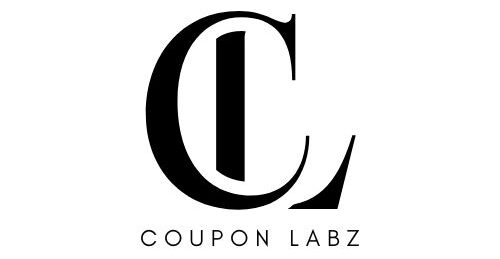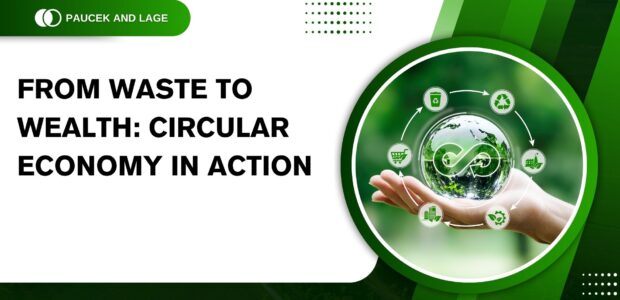From Waste to Wealth: Circular Economy in Action
As climate change, resource depletion, and pollution take centre stage in global concerns, a quiet revolution is transforming the way we produce, consume, and think about waste. That revolution is the circular economy—a systems-based approach that redefines waste not as an end, but as a beginning.
In this blog, we explore how this shift is turning trash into treasure—unlocking economic value, reducing environmental harm, and inspiring innovation worldwide.
🌍 What is the Circular Economy?
The circular economy is more than just recycling. It’s an economic system aimed at eliminating waste and continually using resources. In contrast to the linear economy—take, make, use, dispose—the circular model is regenerative by design.
It follows three core principles:
-
Design out waste and pollution
-
Keep products and materials in use
-
Regenerate natural systems
This means creating products that are built to last, designing components that can be easily repaired or reused, and finding ways to return biological materials back to the Earth safely.
💡 Why It Matters in 2025
The urgency for sustainable models has never been higher:
-
Global material consumption is expected to double by 2060.
-
Less than 10% of all materials extracted are reused.
-
The fashion industry alone accounts for 10% of global carbon emissions—and most clothing ends up in landfills or incinerators.
But instead of seeing these statistics as a dead end, many entrepreneurs and companies see them as an opportunity for transformation.
♻️ From Waste to Wealth: Real-World Innovations
Across the globe, businesses are already proving that waste can become a resource:
🔧 Furniture & Home Goods
UK-based companies like Vinterior and Rehome are giving old furniture a second life, while IKEA is investing heavily in modular designs and resale programs.
👗 Fashion
Brands like Stella McCartney, Patagonia, and Rapanui are using recycled textiles, offering take-back schemes, and designing clothing with circularity in mind—from biodegradable fabrics to fully traceable supply chains.
🍽️ Food & Packaging
Startups like Too Good To Go are tackling food waste, while others are using by-products like orange peels or coffee grounds to create biodegradable packaging and even beauty products.
🖥️ Tech & Electronics
The EU’s Right to Repair laws are pushing electronics brands to create longer-lasting, repairable devices. Meanwhile, companies like Fairphone offer modular phones built for sustainability.
💼 The Business Case: Why Circular Makes Sense
Far from being just an ethical choice, the circular economy also boosts profitability:
-
Reduces production costs by reusing materials.
-
Attracts sustainability-conscious consumers.
-
Opens up new revenue models (like repairs, rentals, and product-as-a-service).
For example, Philips now leases lighting solutions to offices instead of selling bulbs—saving resources and creating recurring income.
🧑💼 How You Can Participate
Whether you’re a consumer, creator, or CEO, here’s how you can join the circular movement:
-
Buy less, choose well – Invest in quality, durable goods.
-
Repair, don’t replace – Support repair cafés and repair-friendly brands.
-
Resell or donate – Keep items in circulation.
-
Choose recycled & recyclable – From packaging to clothing, check labels.
-
Start circular – Entrepreneurs can build circularity into business models from day one.
🔮 The Road Ahead
By 2030, the circular economy could generate $4.5 trillion in economic benefits globally, according to Accenture. It’s not just a sustainability initiative—it’s a growth strategy for a resilient, regenerative future.
As materials become more precious and regulations tighten, businesses that fail to adapt may be left behind. But those that embrace circular thinking now are not only reducing harm—they’re leading a new wave of smart, scalable innovation.
Final Thoughts
“From Waste to Wealth” is not just a slogan—it’s a call to reimagine how we live, buy, build, and thrive. In a circular economy, everything has value—even waste. The future isn’t disposable; it’s designed to last.


